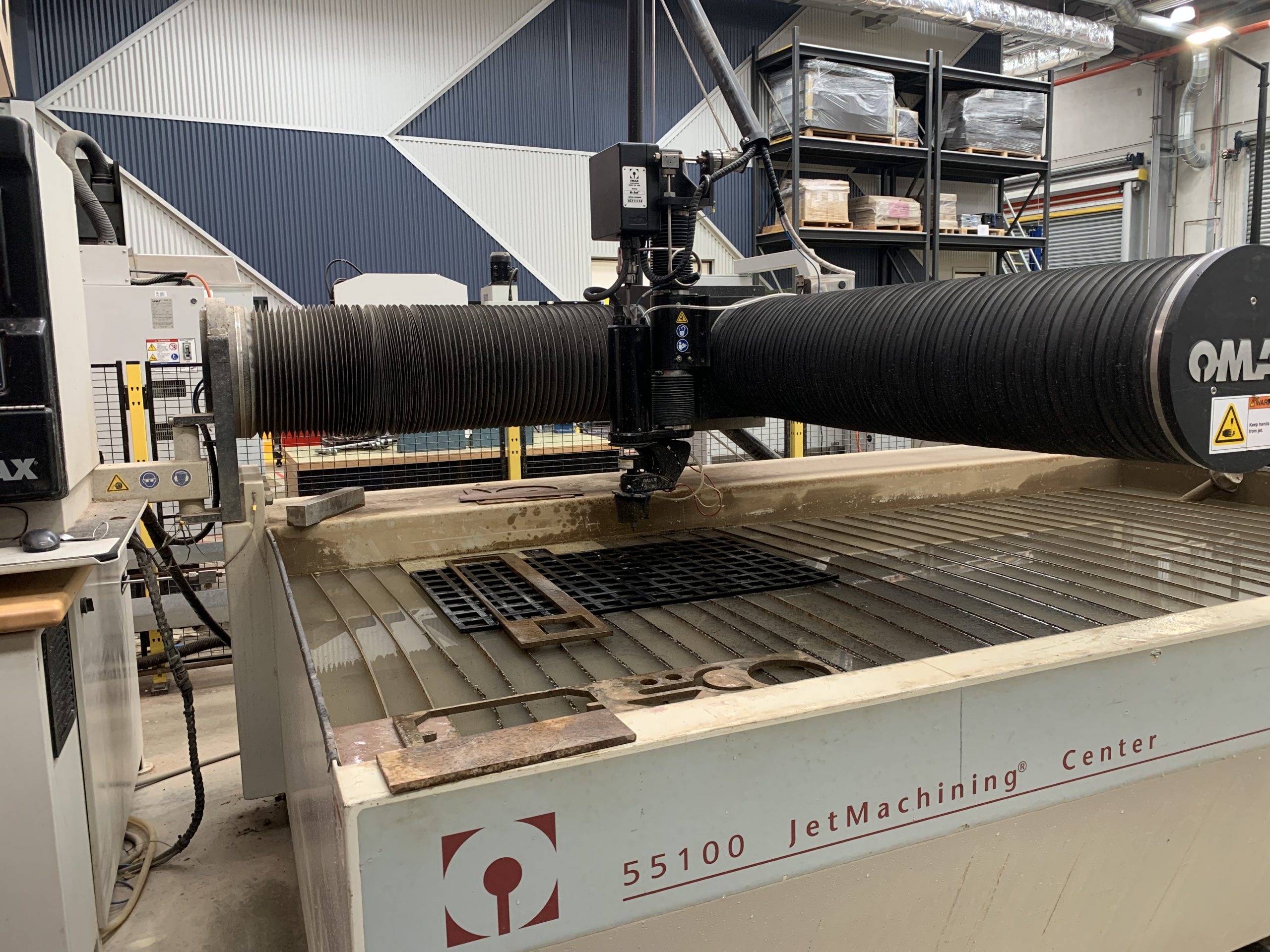Rubber intermixed ballast
Large-scale laboratory tests demonstrated that rubber granules derived from waste tyres can replace a portion of the high-quality and increasingly scarce crushed stones used in the load bearing ballast layer.
The composition of rubber granules is carefully determined to minimise particle breakage during train operations, surpassing the performance of conventional tracks. The inclusion of rubber particles reduces friction and wear between rock particles, so reducing the maintenance per year by around 40%, thus extending the average life span of ballast.
The track construction process is similar to conventional methods, utilising readily available volumetric mixers to blend natural rock aggregates and rubber granules to the desired proportion.
This approach offers technical effectiveness, extended ballast lifespan, and compatibility with existing construction equipment, making it a promising avenue for sustainable and efficient railway track construction and maintenance.
Infilled tyre cell foundation
The infilled tyre cell approach involves repurposing used car tyres by removing one side rim and filling the tyres with granular waste materials like used ballast or coal wash.
The filled tyres are then arranged in a grid pattern beneath the ballast layer. The innovative structure serves two purposes: reducing lateral movement of the track formation and minimising the load transfer into the untreated ground beneath the track.
By dispersing the load and ensuring an even distribution of forces, this approach reduces the risk of track settlement and associated maintenance issues.











